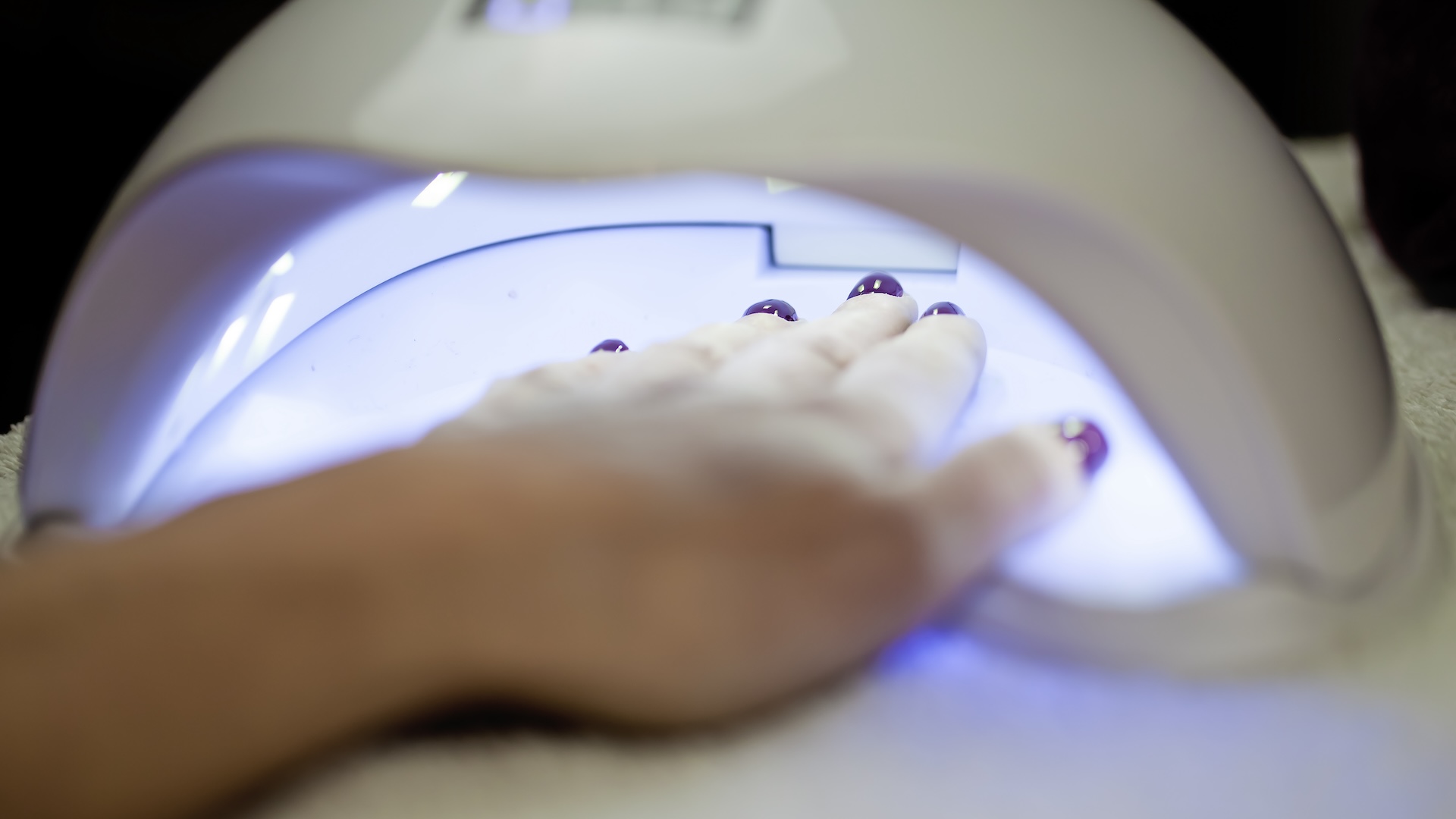Is painting your nails bad for you?
Painting your nails is generally considered safe, but the practice does carry a few health concerns that scientists don't fully understand yet.

Painting your nails is a popular form of self-expression all around the world. But whether you prefer a French tip, emo black or long acrylics with eye-catching designs, you might wonder this: Can painting your nails be bad for you?
The answer is a bit complicated, but traditional nail polish, gel nails and acrylics are generally safe, Dr. Chris Adigun, a dermatologist at the Dermatology & Laser Center of Chapel Hill in North Carolina, told Live Science.
That said, traditional nail polishes can contain chemicals that can irritate the skin around the nail bed, and in some people, they can cause allergic reactions. For that reason, Adigun recommends using "three-free" nail polish, which lacks three chemicals that can often cause irritation: toluene, formaldehyde, and formaldehyde releasers, which release formaldehyde as they break down. Some nail polishes contain formaldehyde because it is an antimicrobial, preservative and nail hardener, while toluene helps nail polish remain liquid in the bottle but dry quickly on your nails.
Unfortunately, though, nail polishes marketed as lacking these ingredients aren't always labeled accurately. A 2019 study published in the journal Dermatitis examined 28 nail polishes advertised as formaldehyde-free and found that four still contained the chemical.
The National Cancer Institute recognizes formaldehyde as a carcinogen, but studies have uncovered a strong link to the disease only in people who breathe in the chemical in high quantities, such as industrial workers and embalmers. This type of exposure to formaldehyde and other chemicals may increase the risk of some cancers in nail technicians, too, but research into that risk has turned up conflicting results.
It's not known whether formaldehyde is present in high enough levels in nail polish — or whether the body absorbs enough of it in this context — for the chemical to increase cancer risk through nail polish use, according to Harvard Health. There is a lack of research on how the chemical may affect people who frequently paint their nails.
Sign up for the Live Science daily newsletter now
Get the world’s most fascinating discoveries delivered straight to your inbox.
Adigun recommends removing nail polish with an acetone-free remover, especially if you have brittle nails. "Acetone will actually strip the nail of lipids [fat molecules] that hold the nail together, and that lipid loss causes a brittle quality that makes the nail very fragile," she said.
Moving on to gel nail polish, Adigun says the product is safe but that she does have some concerns about it.
First, gel manicures are hardened with ultraviolet (UV) light, the same type of radiation that sunscreens protect against. Exposure to UV at the nail salon could potentially increase the risk of skin cancer, but researchers haven't studied this potential risk much yet.
"Gel nail products really became popular in the late 2000s, and the delay between exposure and malignant transformation [cancer formation] is sometimes 20 to 30 years," Adigun said. "So we'll just have to wait and see." UV light exposure can also cause other effects associated with sun damage, such as skin discoloration and accelerated aging of the nails and the skin around them, she added.
To be removed, gel nails also require either filing or an acetone soak, which can cause irritation and weaken the nails. A 2012 case report in the Journal of Cosmetic Dermatology described five people whose nails became thinner after they used and removed gel nail polish just one time.
Both gel nail polish and acrylics can contain chemicals called methacrylate monomers, which for some can cause irritation or allergic reactions. "I have seen pretty severe reactions to gel manicures, especially with patients that do them chronically," Adigun said. One common monomer tied to these issues is called methyl methacrylate monomer.
With acrylics, one concern is that they can cause chronic inflammation and thinning of the skin underneath the nail, Adigun said.
"Sometimes people use them for such long periods of time that there can be permanent changes in the nails that we cannot necessarily reverse," she said. One review article in the Indian Journal of Dermatology, Venereology and Leprology recommends not wearing acrylics for more than three consecutive months, based on the limited available data.
Adigun personally advises taking a break from acrylics equal to the amount of time you were wearing the nails. For gel polish, she recommends waiting two to four weeks between polishes, depending on the state of your nails.
This article is for informational purposes only and is not meant to offer medical advice.
Ever wonder why some people build muscle more easily than others or why freckles come out in the sun? Send us your questions about how the human body works to community@livescience.com with the subject line "Health Desk Q," and you may see your question answered on the website!

Tyler Santora is a freelance science and health journalist based out of Colorado. They write for publications such as Scientific American, Nature Medicine, Medscape, Undark, Popular Science, Audubon magazine, and many more. Previously, Tyler was the health and science Editor for Fatherly. They graduated from Oberlin College with a bachelor's degree in biology and New York University with a master's in science journalism.









